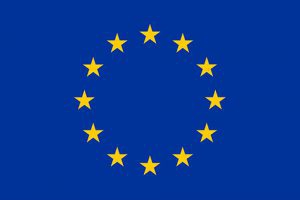Scalability and Replicability Analysis (SRA) at EU level
FARCROSS innovative solutions include not only state-of-the-art digital technologies installed on the power grid and communication infrastructure, such as power flow controllers, dynamic line rating sensing systems and wide-area monitoring systems (WAMS), but also advanced software solutions, including capacity allocation and reserve optimisation tools. These solutions are developed and demonstrated within eight European countries (Greece, […]

 This project has received funding from the European Union’s Horizon 2020 research and innovation programme under grant agreement No 864274
This project has received funding from the European Union’s Horizon 2020 research and innovation programme under grant agreement No 864274